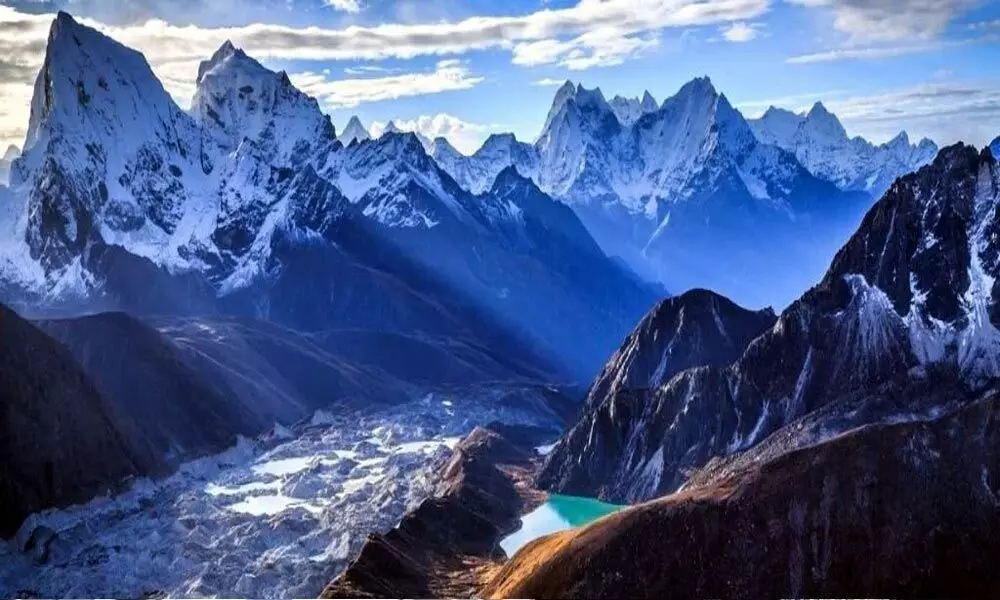Earth's Ancient Mountains Sprang Up With The Assistance Of The Ocean's Microscopic Organisms

(Feng Wei Photography/Getty Images)
- Many of Earth's mountains would not have formed if an outburst in ocean life occurred more than 2 billion years ago.
- The alterations appear to have started some 2 billion years ago, in the middle of the Paleoproterozoic Era, while biological carbon from plankton and bacteria started to contribute unusually high amounts of graphite to the shale of the ocean floor.
According to recent research, many of Earth's mountains would not have formed if an outburst in ocean life occurred more than 2 billion years ago. Whenever plankton, a little organism found in the sea's shallows, dies and settle to the bottom, organic carbon is added to the Earth's crust, making it weaker and more malleable.
The timing of significant carbon burying in the ocean has now been connected to the formation of our planet's peaks, according to a case study of 20 mountain ranges across the world, comprising those in the Rockies, the Andes, Svalbard, central Europe, Indonesia, and Japan. The alterations appear to have started some 2 billion years ago, in the middle of the Paleoproterozoic Era, while biological carbon from plankton and bacteria started to contribute unusually high amounts of graphite to the shale of the ocean floor. It caused the rock more brittle and prone to stacking.
Numerous mountain ranges begin to emerge in these weakened segments of crust within 100 million years. Mountain ranges that have only recently appeared following a similar structure. Tectonic thrusting in the Himalayas, for example, was concentrated on Paleoproterozoic sediments with the most organic-rich layers roughly 50 million years ago.
Due to the sheer timing and location, organic carbon in graphite is still shaping the geology of our world.
Geologist John Parnell from the University of Aberdeen in Scotland stated that key to the construction of mountains, according to studies, was life, proving that the Earth and its biosphere are inextricably intertwined in ways that were previously unknown.
The research's data came from previously published research on mountain building and buried marine biomass.
Numerous investigations have demonstrated that tectonic plates must be weakened by graphite in order to form mountains, but how this happens is less apparent. While according to new studies, marine life plays an important role in the process. All 20 mountain ranges investigated eventually yielded black shale rich in graphite, that occurred to have a biological origin.
The Great Oxidation Event, wherein photosynthesizing bacteria started producing massive amounts of oxidation, capable of supporting new types of single-celled life, such as an abundance of marine plankton, most likely caused a rise in marine life 2 billion years ago.
Meanwhile, mountain creation, on the other hand, does not necessitate a large amount of organic carbon. While tectonic plates meet, only a small proportion of biomass is required for the edges to slip under or over one another. Carbon concentration in Paleoproterozoic sediment-made mountain ranges, on the other hand, is regularly above 10%. Scientists discovered that it can sometimes exceed 20%.
Next Story







